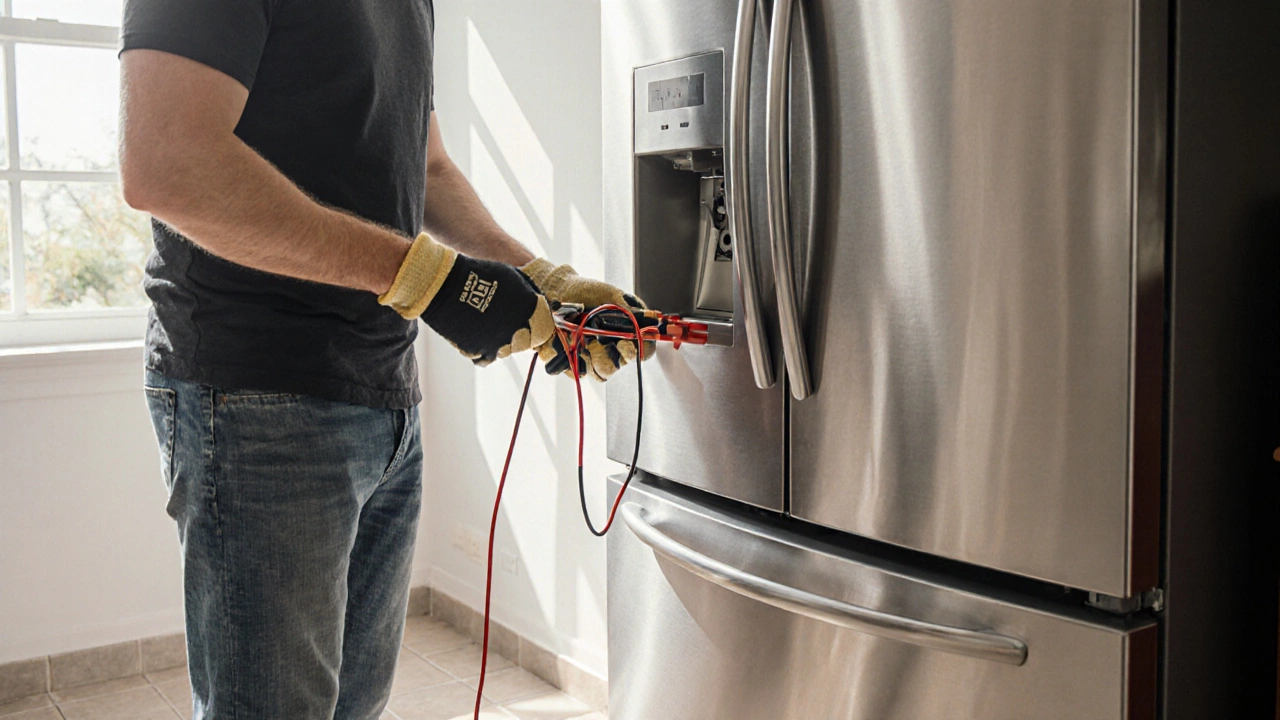Learn how to safely diagnose and fix common fridge problems yourself. From cooling issues to noisy fans, step-by-step guides and a handy checklist help you decide when to DIY and when to call a pro.
Fridge Troubleshooting: Quick Fixes for Everyday Problems
When dealing with fridge troubleshooting, identifying why a refrigerator isn’t cooling, is making strange noises, or is leaking water. Also known as refrigerator diagnosis, it lets you fix issues before they need a professional call.
One of the first things to inspect is the compressor, the motor that pumps refrigerant through the system to create cold. A faulty compressor often shows up as a warm interior, a humming sound, or the compressor itself not turning on. Next up is the defrost system, a set of heaters and timers that melt ice buildup on the evaporator. If the defrost cycle fails, ice can coat the coils and starve the fridge of cooling. The temperature thermostat, the sensor that tells the control board when to start or stop cooling is another common culprit; a mis‑reading thermostat can cause constant running or complete shutdown. Finally, don’t overlook the door seal, the rubber gasket that keeps cold air inside and warm air out. A cracked or dirty seal lets cool air escape, forcing the fridge to work harder.
Key Areas to Check Before Calling a Pro
Start with the easiest checks: make sure the fridge is level, clear any dust from the condenser coils, and verify the power supply isn’t tripped. A dirty coil is a silent energy thief; a quick vacuum or brush can restore efficiency. Then move to the interior – look for frost on the back wall, which signals a defrost problem, and feel the door seal for gaps. If the fridge is still warm, listen for the compressor’s click‑start; silence may mean a failed start relay or a dead compressor. Testing the thermostat with a multimeter is simple: set it to continuity mode and see if it changes when you adjust the temperature dial.
Understanding how these parts interact helps you diagnose faster. The compressor pumps refrigerant, the defrost system prevents ice buildup, the thermostat tells the system when to run, and the door seal keeps the cold where it belongs. When one piece falters, the others show symptoms – that’s why fridge troubleshooting works best when you follow a step‑by‑step checklist rather than swapping parts at random.
Our collection of articles below covers each of these components in depth. You’ll find cost breakdowns for compressor replacement, tips on cleaning and testing defrost heaters, simple ways to adjust or replace a thermostat, and guidelines for checking door gasket integrity. Whether you’re a DIY‑enthusiast or just want to know what the technician will likely do, the guides give you clear, actionable info.
Ready to roll up your sleeves? Browse the posts to learn exact diagnostic steps, tools you’ll need, and when it’s smarter to call Nuneaton Appliance Repair Experts. The right knowledge can save you time, money, and a lot of fridge‑related frustration.

